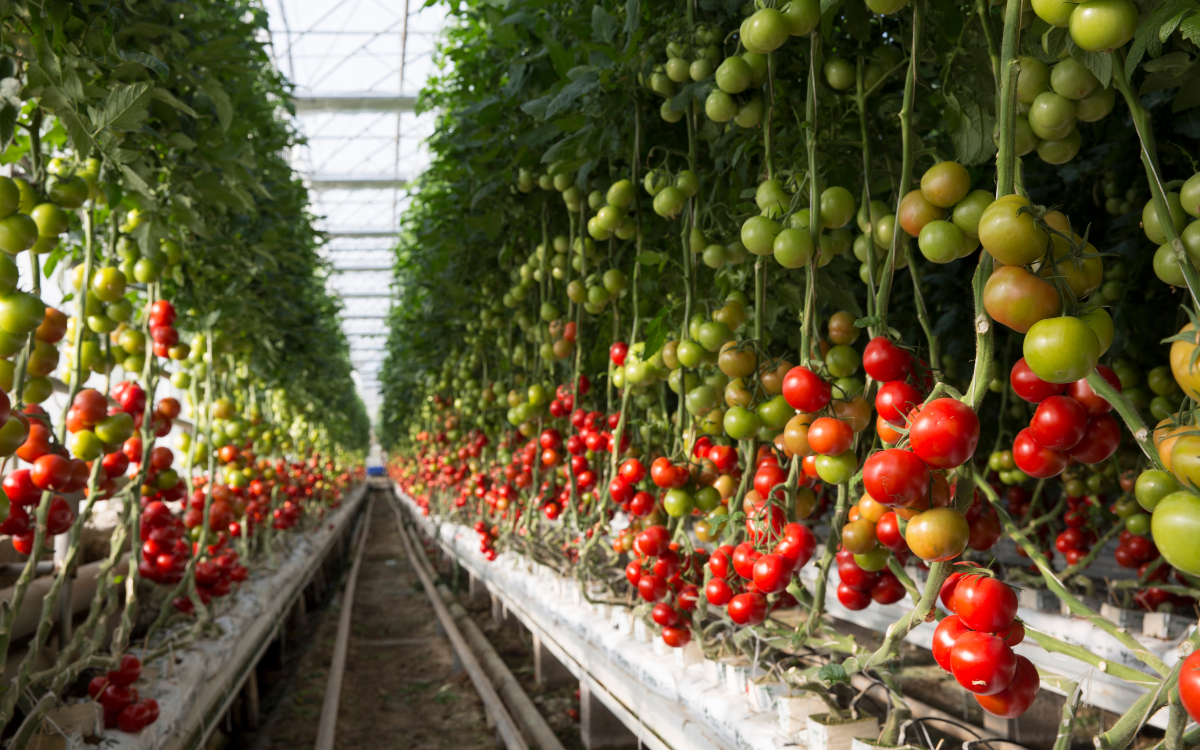
GREEN LIVING
Sustainable Technology
By Bria Zegarelli
 October 14, 2025
October 14, 2025
What is sustainable technology?
Sustainable technology can be defined as technological products or systems that are specifically designed to reduce environmental and societal damage, specifically through conserving resources, maximizing efficiency, reducing pollution and waste, using sustainable materials, and utilizing ethical practices.
Typically, sustainable technology is created in order to contribute to society environmentally, socially, and economically, especially due to its focus on fostering long-term positive effects that can be recreated at a national or global level. “Technology” in this context includes not only electronic items, but any scientific design used for sustainable practices. This can present itself as a variety of possibilities.
Examples within infrastructure and agriculture
Sustainable technology may be prevalent in your own city’s infrastructure. Many cities use electric public transport to decrease pollution, and if you look around, your city may even have street lighting that uses energy-saving mechanisms, such as LED lights or smart sensors that automatically turn on or off depending on the time of day. Many cities also use renewable energy sources, such as solar panels, wind turbines, or hydroelectric power – anything that uses natural resources (sun, wind, water, etc.) to generate power.
Additionally, sustainable technology can be seen in any building that has a LEED certification, which uses a point system to measure buildings’ sustainability with water and energy efficiency, innovation, resources, and other elements of environmentally-friendly practices. For example, in Pittsburgh, the Center for Sustainable Landscapes at Phipps Conservatory, the Frick Environmental Center, and the David L. Lawrence Convention Center have all achieved high LEED certifications.
Many cities also enforce certain regulations for recycling and trash, such as requiring separate bins for different product types (glass, paper, plastic, etc.) and only allowing a certain number of times that you can throw away mixed waste.
Vertical or organic farming can be seen as sustainable technology as well since they are systems that promote agricultural health through reducing pesticides and water use. Organic farming in particular not only helps the animals’ health, but also humans’ health due to the healthier soil, fewer chemicals, and increased biodiversity; and vertical farming reduces the amount of land that is required to grow crops.
Examples within individual products
Furthermore, sustainable technology is prevalent within specific products. Within fashion, for example, virtual try-on services or the usage of plant-based fabrics (like organic and recycled cotton, hemp, or linen) can be seen as sustainable technology due to their systemic and scientific reduction of waste. Sustainable technology is often seen within school, lifestyle, or work products as well, such as recycled notebooks, biodegradable phone cases, electronic tablets specifically for notetaking, or browsers like Ecosia that focus on renewable energy.
Importance and future of sustainable technology
Because of its potential for varied usage, sustainable technology is a wonderful stepping stone for widespread eco-friendly practices. It sets a standard for the prioritization of the environment and directly incorporates sustainability into everyday life, specifically in urban areas that may traditionally contribute to more environmental damage.
The future of this field is home to endless possibilities and has the potential to enable businesses, governments, and communities to evaluate their current practices and see if any changes can be made. Sustainable technology also opens many conversations regarding topics such as policies and regulations, labor practices, innovation and modernization, long-term goals and strategies, infrastructure risks and rewards, and efficiency.
Overall, it’s important to study current sustainable technologies to see what works and what doesn’t, which can be used to learn more about how the most successful elements can be incorporated into local, national, and global systems.


Leave A Comment